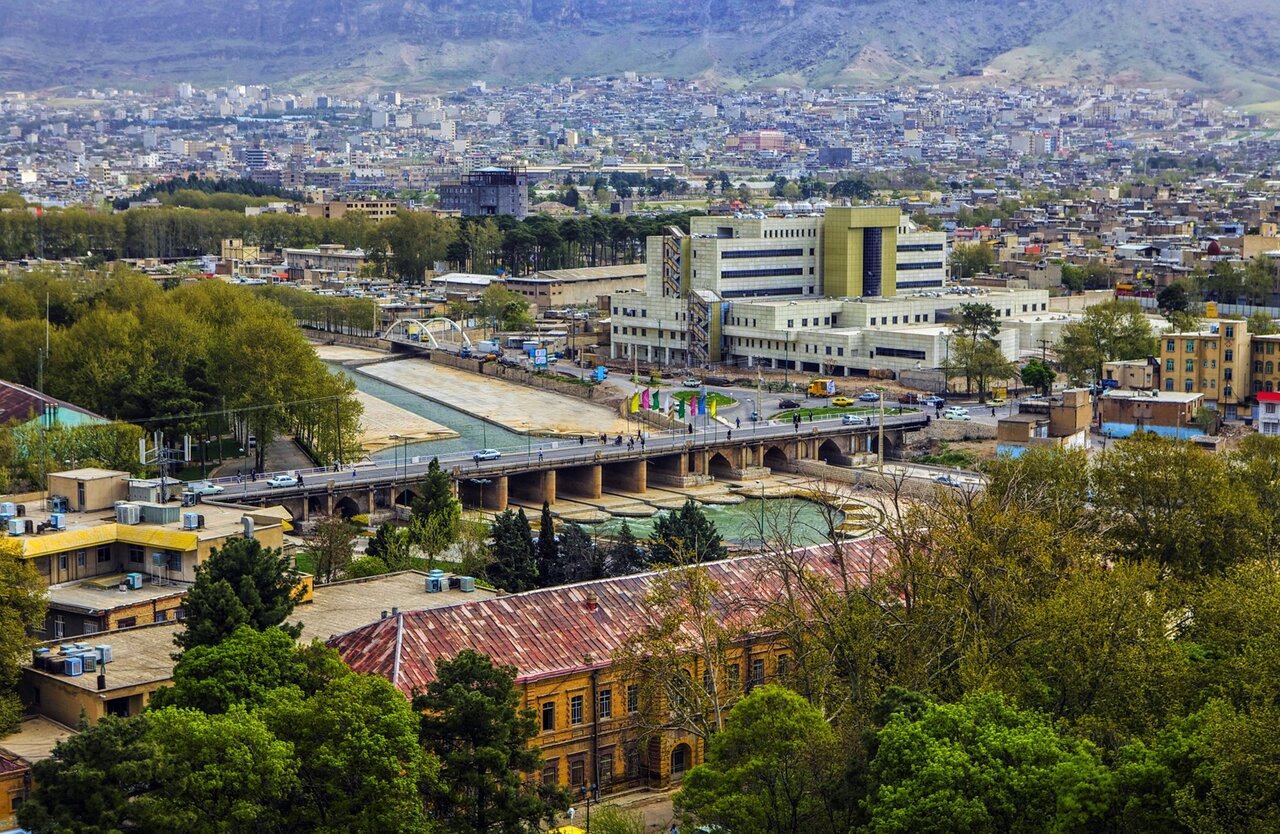
Similar Posts
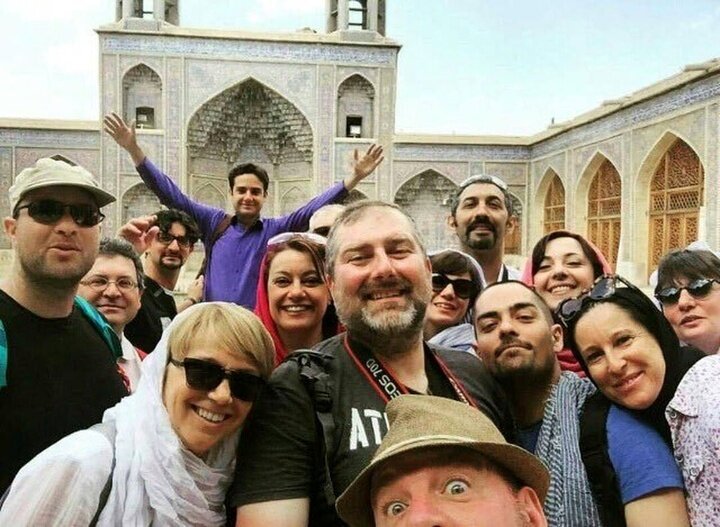
Unveiling Iran: The Untold Story of Security, Hospitality, and Rich Ancient Heritage Beyond Western Media
Iran is often misrepresented by Western media, overshadowing its rich history, warm hospitality, and stunning attractions. Contrary to perceptions of insecurity, many travelers share positive experiences. Greek traveler Areia noted the orderly atmosphere upon arrival, while Italian tourist Lara praised the kindness of the people. Visitors like Canadian Michelle and Spanish Carlos highlighted Iran’s safety, challenging negative stereotypes. The country’s historical and cultural treasures, such as the ancient ruins of Takht-e Jamshid, further captivate tourists. Many leave transformed, becoming ambassadors for Iran, reshaping perceptions through firsthand experiences of its beauty and hospitality.

Discover the Art of Khos Duzi: Traditional Embroidery from Hormozgan
Khos Duzi, a traditional embroidery technique from Hormozgan, showcases intricate geometric and floral designs, reflecting the region’s rich heritage. Artisans meticulously sew thin strips of Khos onto lace and velvet fabrics, creating stunning patterns like hexagonal stars and butterfly motifs. This craft, with origins tracing back to the Safavid dynasty, is used for various items, including lace drapes, bridal gowns, and Quran covers. The craftsmanship involves using golden or silver threads, emphasizing creativity and skill. Khos Duzi not only highlights the beauty of Iranian handicrafts but also preserves cultural significance, ensuring its continuity for future generations.
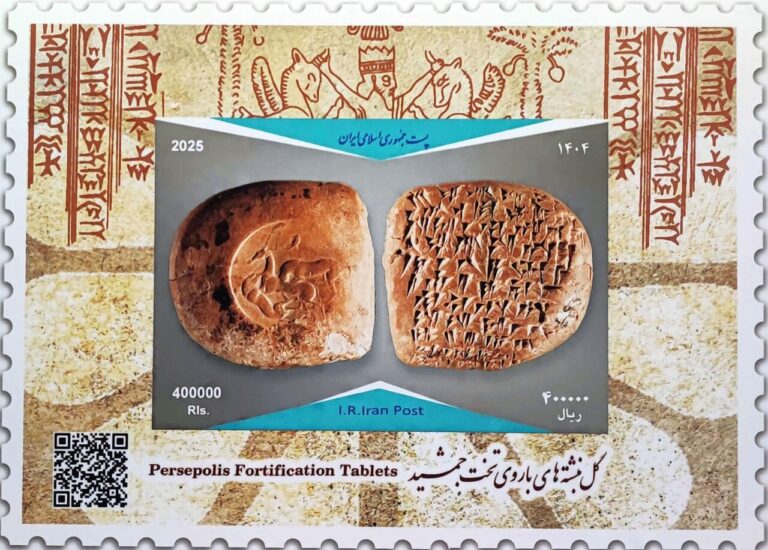
Unveiling the Commemorative Stamp Celebrating the Historic Persepolis Fortification Tablets
On May 18, the National Museum of Iran unveiled a commemorative stamp for the Persepolis Fortification Tablets, coinciding with International Museum Day. Esteemed guests, including cultural officials, attended the ceremony. Discovered 90 years ago, these ancient clay tablets date back to Darius I’s reign (509-493 BC) and provide insights into the Achaemenid Empire’s administration, logistics, and daily life. The standout artifact features a unique tablet inscribed with the name Kambarma, detailing his rations and travel during 498 BCE. This event highlights the importance of preserving cultural heritage and the role of museums in connecting future generations to their history.
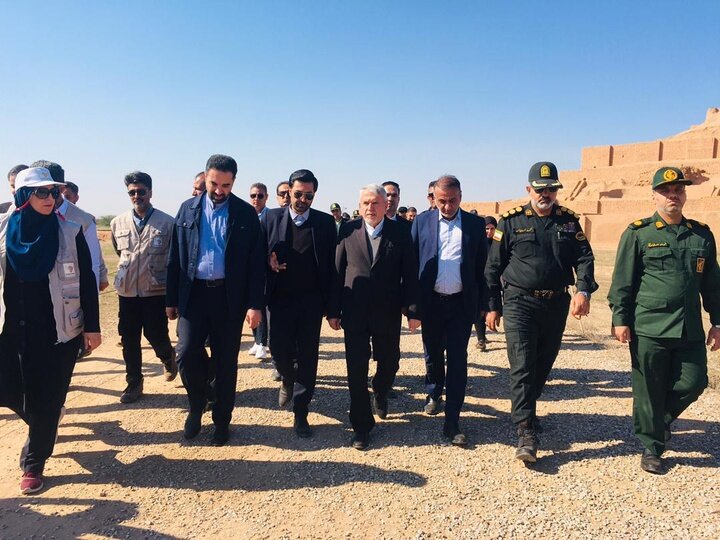
Tourism Minister Explores Susa’s Rich Heritage: A Glimpse into its ‘Glorious’ World Heritage Status
Iran’s Minister of Cultural Heritage, Seyyed Reza Salehi-Amiri, visited the UNESCO World Heritage site of Susa, emphasizing its universal significance and role in Iranian identity. He described Susa as “the land of mysteries,” highlighting its importance to humanity and calling for educational initiatives to promote its history among younger generations. Salehi-Amiri advocated for improved infrastructure and greater media efforts to enhance Susa’s global image, while local officials stressed the need for renewed archaeological work, as less than 10% of its treasures have been excavated. Susa is seen as a potential major tourist hub, rich in cultural and historical heritage.
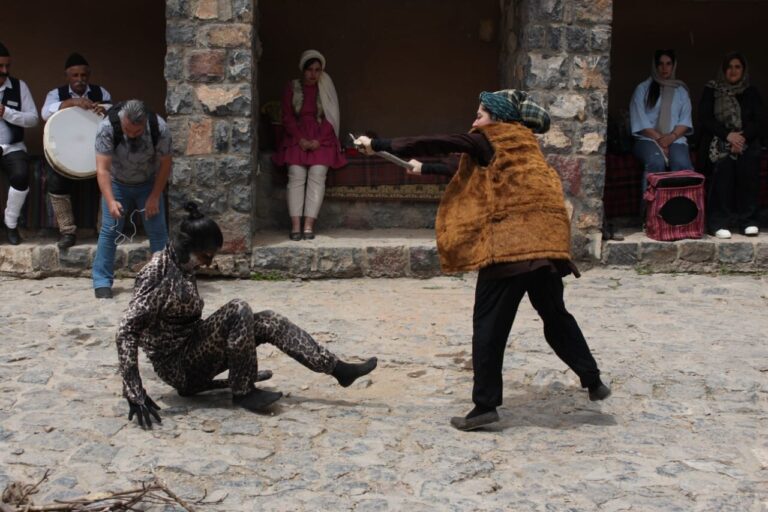
Discover Iran’s Kandelous: Transforming Folk Tales into a Thriving Tourism Gem
“Mina and the Leopard” is a beloved oral legend from Kandelous, Iran, dating back to the early 1900s. The tale follows Mina, a young woman who forms a poetic bond with a leopard in the forest, symbolizing deep emotional connections. This story has revitalized storytelling tours and local performances, enriching the village’s cultural identity and attracting tourists. Kandelous offers various accommodations, tranquil parks, and renowned medicinal plant farms, making it a hub for traditional herbal medicine. Visitors can also enjoy traditional Iranian cuisine and vibrant handicraft markets, ensuring a memorable experience that intertwines culture, nature, and folklore.
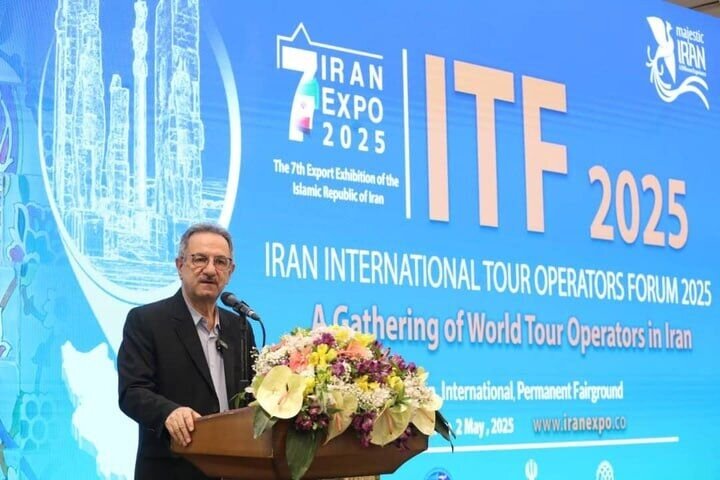
Deputy Tourism Minister Calls on Tour Operators to Showcase Iran’s Pristine Image to the World
At a recent tourism event in Tehran, Iran’s Deputy Minister of Tourism, Anoushirvan Mohseni-Bandpey, called on international tour operators to authentically represent Iran’s hospitality, culture, and safety. Hosting over 100 operators from 33 countries, he emphasized tourism’s role in promoting peace and mutual understanding. Mohseni-Bandpey highlighted Iran’s rich cultural resources, including 28 UNESCO heritage sites, and aimed to increase foreign tourist visits from 7.4 million to 15 million in four years. He underscored ongoing investments in tourism infrastructure to enhance visitor experiences and foster cultural exchanges, aiming to position Iran as a prime global tourist destination.